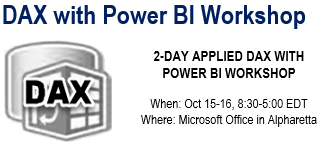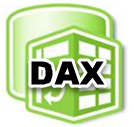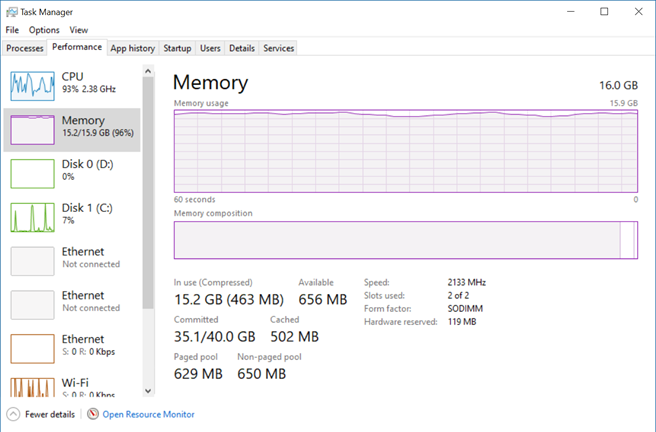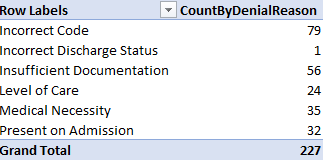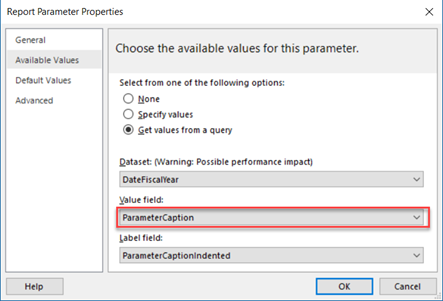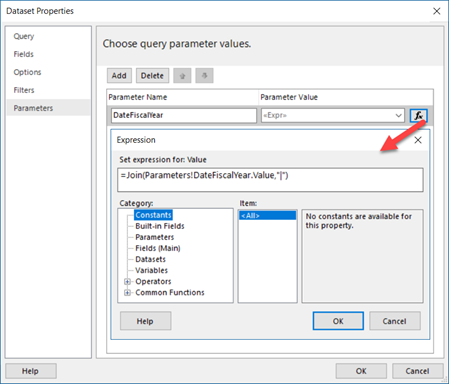The Cost of xVelocity Relationships
How expensive is an xVelocity relationship? The answer depends on several factors, such as column cardinality, DAX calculations, and query itself. But it general, a relationship can add a significant overhead. Consider two tables: Customer (7.1 million rows) and Account Snapshot (187 million rows) and a relationship ‘Account Snapshot'[CustomerKey] -> Customer[CustomerKey]. I’ll use two queries for the test. The Relationship query uses the ‘Account Snapshot'[CustomerKey]->Customer[CustomerKey] relationship, while the No Relationship query scans directly the Account Snapshot table bypassing the relationship.
| Relationship | No Relationship |
| EVALUATE CALCULATETABLE ( ADDCOLUMNS ( FILTER ( VALUES ( ‘Customer'[CustomerKey], … ), ‘Customer'[CustomerKey] IN { 731102730822895922 } ), “Balance”, [Balance] ), FILTER ( VALUES ( ‘Date'[Date] ), ‘Date'[Date] = DATE ( 2018, 3, 31 ) ) ) | EVALUATE CALCULATETABLE ( ADDCOLUMNS ( FILTER ( VALUES ( ‘Account Snapshot'[CustomerKey], … ), ‘Account Snapshot'[CustomerKey] IN { 731102730822895922} ), “Balance”, [Balance] ), FILTER ( VALUES ( ‘Date'[Date] ), ‘Date'[Date] = DATE ( 2018, 3, 31 ) ) ) |
| 1 customer: 198 (181/17) | 1 customer: 141 (84/57) |
| 1,000 customers: 901(547/354) | 1,000 customers: 1,194 (315/877) |
Each of these DAX queries results in two significant queries sent to the storage engine. The first calculates the measure for each customer and the second returns the selected customers (the filter clause in the query). In the case of the Relationship query, this is what the first SE call looks like:
SELECT
‘Customer'[CustomerKey],
SUM ( ‘Account Snapshot'[Balance Base] )
FROM ‘Account Snapshot’
LEFT OUTER JOIN ‘Customer’ ON ‘Account Snapshot'[CustomerKey]=’Customer'[CustomerKey]
And, of course, there is no join for the No Relationship query. The statistics below the queries shows the query execution for 1 and 1,000 customers (customer identifiers were comma-separated and added to the IN clause). The first number shows the overall execution time in the storage engine while the number in parenthesis show the breakdown of the two SE queries.
As we can see, for one customer the relationship adds more than twice of overhead (181 vs 84 milliseconds). But for 1,000 customers, the overall execution time for the No Relationship query is higher 1,194 vs 901. How come? The first storage query is still faster (almost x2) but the second SE query is a way slower. As it turns out, the storage engine locates 1,000 rows in the smaller table (Customer) much faster than in the snapshot table when it executes the filter query. However, if we add more measures than at some point the No Relationship query would become faster. In a real-life project where the query requested some 200 measures, queries without relationship executed x3 faster than the ones with relationships.
xVelocity relationships between large tables could be expensive especially when the query requests many measures. If your query semantics allows it, consider denormalizing attributes from large dimension tables into fact tables to eliminate relationships.
One case where the query semantics might require a relationship is if it requests measures from multiple fact tables. But if you find that eliminating the relationship results in a significant performance boost, consider breaking down the query to request measures from each table and then union the result.


